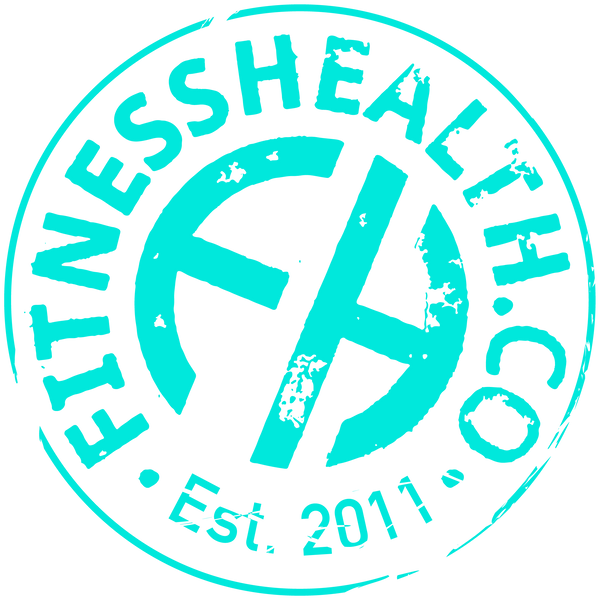
Have you ever taken the time to consider what it means to be fit? Everyone has a rough notion about what fitness means to them, completing a marathon, having rock hard abs, bench pressing double bodyweight, among a million other things. If we look back to the old days, science tells us that fitness is fundamentally survivability. You would not expect this, but fitness is a poorly defined word across all occupations and professions who offer to improve it. If we contemplate the physical abilities that help us function and overcome the plethora of physical stresses and life tasks with which we have traditionally and presently come across, we can categorise them into three basic physical skills: strength, endurance, and mobility. Strength is the ability to move the body under load and is conveyed as an ability to produce muscular force across a range of movement speeds. Endurance is the ability to sustain a charge over time. Specifically, it is a representation of movement, physical activity, exercise, and sport, and is mainly a bio-energetic trait, connected to the ability to deliver oxygen and energetic nutrients to the working muscles at acceptable rates and for long enough periods to complete the task at hand. Mobility, is the ability to move the body and its integral parts in an assortment of directions and perform both simple and complex motor tasks. Mobility is definitely an important, yet under-attended, component of fitness. It is probably the most intricate element of fitness as it is composed of range of motion, nimbleness, poise, and coordination. Having acceptable levels of these to provide for fruitful involvement in occupational effort, recreational hobbies, and familial requirements is a useful definition for fitness.
That said, what is a viable way to go about keeping fit over winter? Ideally, to avoid the cold, you would have access to an indoor gym or fitness centre with access to heat to some degree or another. When looking at food consumption, it is a good idea to moderate the amount of carbohydrates consumed and keeping an ample supply of protein and fat in your diet so as to keep fit.
Bibliography
- Baechle, Thomas R., and Roger W. Earle. NSCA Essentials of Strength Training and Conditioning. 2nd Edition. Champaign, Illinois: Human Kinetics, 2008.
- Kilgore, Lon, and Michael Hartman. Fit. Iowa Park, Tex.: Killustrated Books, 2011.












